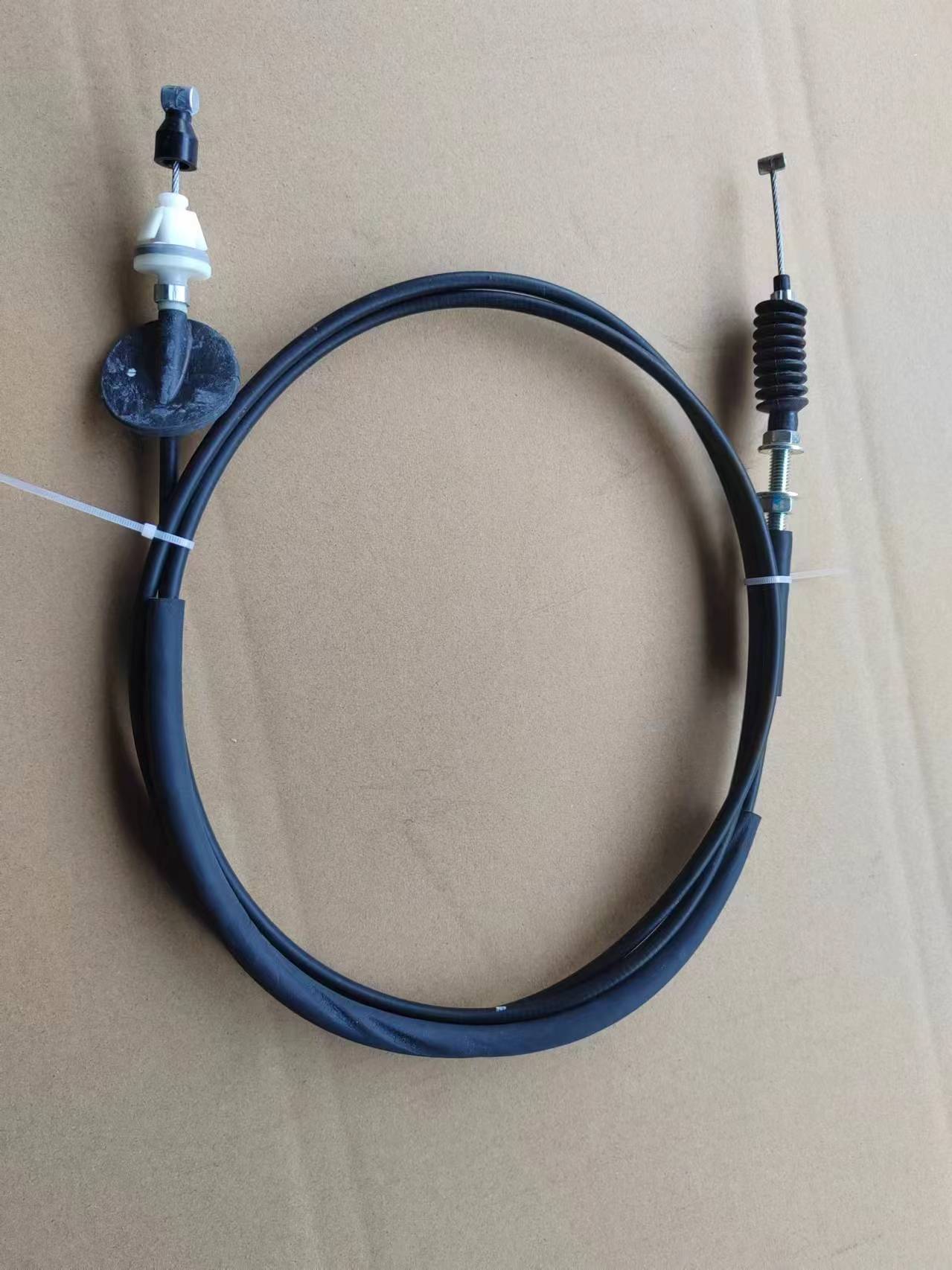clutch master cylinder hydraulic line
Understanding the Clutch Master Cylinder and Hydraulic Line
The clutch master cylinder is a crucial component of a vehicle’s manual transmission system. It plays an integral role in the operation of the clutch, enabling smooth gear shifts and contributing to overall driving performance. This article aims to provide a comprehensive overview of the clutch master cylinder and its hydraulic line, detailing their functions, maintenance, and common issues that can arise.
What is the Clutch Master Cylinder?
The clutch master cylinder is a cylindrical hydraulic device that converts mechanical force from the driver's foot into hydraulic pressure. When the driver presses the clutch pedal, the master cylinder creates hydraulic pressure that travels through the hydraulic line to the clutch slave cylinder, which then disengages the clutch. This mechanism is essential for shifting gears without damaging the transmission.
How the Hydraulic Line Works
The hydraulic line connects the clutch master cylinder to the clutch slave cylinder. This line is filled with hydraulic fluid, which is usually brake fluid. The design of the hydraulic line allows for smooth and effective pressure transfer. When the clutch pedal is pressed, the movement of the master cylinder piston compresses the hydraulic fluid, generating pressure. This pressure travels through the hydraulic line and pushes the slave cylinder, which in turn disengages the clutch.
Importance of Maintaining the Clutch Master Cylinder and Hydraulic Line
Proper maintenance of the clutch master cylinder and its hydraulic line is vital for ensuring the reliable performance of a vehicle's transmission system. Regular checks of the hydraulic fluid levels and the condition of the hydraulic line can help detect issues before they become major problems. Additionally, ensuring that the hydraulic fluid is clean and free of contamination is essential, as dirty fluid can lead to corrosion and damage to the internal components of the system.
clutch master cylinder hydraulic line

Common Issues
1. Leaking Hydraulic Fluid One of the most common issues is a leak in the hydraulic line or the master cylinder itself. A leak can reduce hydraulic pressure, making it difficult or impossible to disengage the clutch. Drivers may notice a loss of pedal feel or the need to pump the clutch to gain pressure.
2. Air in the Hydraulic System Air can enter the hydraulic system through leaks or improper maintenance. This air reduces the effectiveness of the hydraulic fluid, leading to a spongy clutch pedal. Bleeding the system to remove air can restore proper function.
3. Worn Seals Over time, the seals within the master cylinder can wear out, leading to fluid leaks and a drop in performance. Replacing worn seals can often resolve these issues.
4. Contaminated Fluid Contaminants in the hydraulic fluid can cause damage to the clutch master cylinder and lines. Regular fluid changes, as recommended by the vehicle’s manufacturer, are essential for maintaining the system's integrity.
Conclusion
The clutch master cylinder and hydraulic line play pivotal roles in a vehicle’s manual transmission system, allowing drivers to shift gears smoothly and efficiently. Understanding these components and their functions can aid vehicle owners in performing regular maintenance, identifying issues early, and ensuring a reliable driving experience. By keeping the hydraulic system in good condition, drivers can enjoy the benefits of a well-functioning clutch system, resulting in enhanced performance and prolonged vehicle life. Regular checks and professional inspections are advisable to keep these critical components operating optimally and avoid costly repairs down the road.
-
Workings of Clutch Pipe and Hose SystemsNewsJun.04,2025
-
The Inner Workings of Hand Brake Cable SystemsNewsJun.04,2025
-
The Secrets of Throttle and Accelerator CablesNewsJun.04,2025
-
The Hidden Lifeline of Your Transmission Gear Shift CablesNewsJun.04,2025
-
Demystifying Gear Cables and Shift LinkagesNewsJun.04,2025
-
Decoding Clutch Line Systems A Comprehensive GuideNewsJun.04,2025
